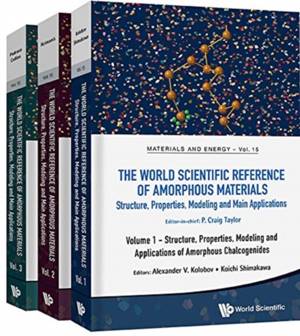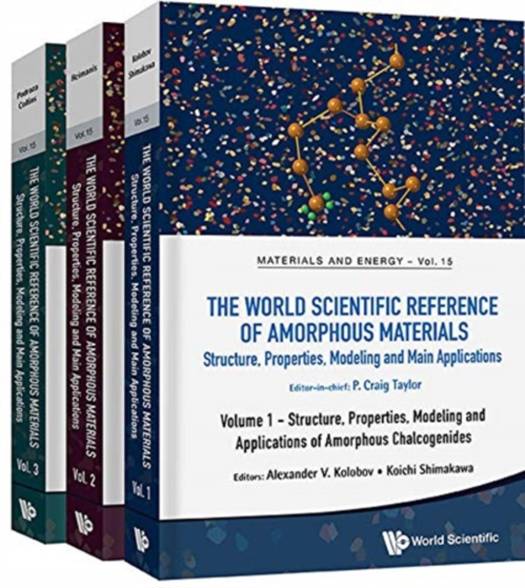
- Afhalen na 1 uur in een winkel met voorraad
- Gratis thuislevering in België vanaf € 30
- Ruim aanbod met 7 miljoen producten
- Afhalen na 1 uur in een winkel met voorraad
- Gratis thuislevering in België vanaf € 30
- Ruim aanbod met 7 miljoen producten
Zoeken
World Scientific Reference of Amorphous Materials, The: Structure, Properties, Modeling and Main Applications (in 3 Volumes)
€ 1.567,45
+ 3134 punten
Omschrijving
Amorphous solids (including glassy and non-crystalline solids) are ubiquitous since the vast majority of solids naturally occurring in our world are amorphous. Although the field is diverse and complex, this three-volume set covers the vast majority of the important concepts needed to understand these materials and their principal practical applications. One volume discusses the most important subset of amorphous insulators, namely oxide glasses; the other two volumes discuss the most important subsets of amorphous semiconductors, namely tetrahedrally coordinated amorphous semiconductors and amorphous and glassy chalcogenides. Together these three volumes provide a comprehensive set of theoretical concepts and practical information needed to become conversant in the field of amorphous materials. They are suitable for advanced graduate students, postdoctoral research associates, and researchers wishing to change fields or sub-fields.The topics covered in these three volumes include (1) concepts for understanding the structures of amorphous materials, (2) techniques to characterize the structural, electronic, and optical properties of amorphous materials, (3) the roles of defects in affecting the electronic and optical properties of amorphous materials, and (4) the concepts for understanding practical devices and other applications of amorphous materials. Applications discussed in these volumes include transistors, solar cells, displays, bolometers, fibers, non-volatile memories, vidicons, photoresists, and optical disks.
Specificaties
Betrokkenen
- Uitgeverij:
Inhoud
- Aantal bladzijden:
- 1548
- Taal:
- Engels
- Reeks:
- Reeksnummer:
- nr. 15
Eigenschappen
- Productcode (EAN):
- 9789811215551
- Verschijningsdatum:
- 25/02/2021
- Uitvoering:
- Hardcover
- Formaat:
- Genaaid
- Afmetingen:
- 241 mm x 162 mm
- Gewicht:
- 2648 g

Alleen bij Standaard Boekhandel
+ 3134 punten op je klantenkaart van Standaard Boekhandel
Beoordelingen
We publiceren alleen reviews die voldoen aan de voorwaarden voor reviews. Bekijk onze voorwaarden voor reviews.










